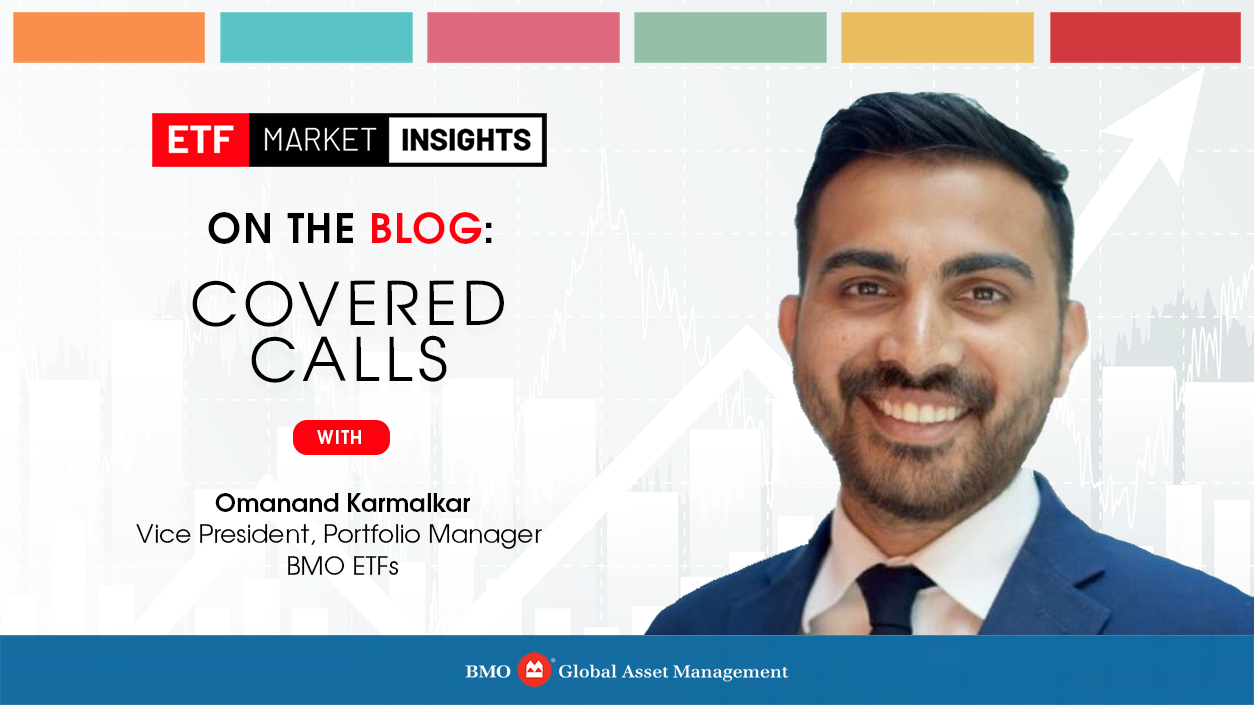
What is the Covered Call Strategy?
The covered call strategy is an investment strategy that involves the purchase of an underlying asset, such as a stock, and the sale of a call option on that same asset. By selling the call option, the investor agrees to sell the underlying asset at the strike price of the option if it is exercised. One option is equivalent to one-hundred shares of the underlying stock.
The covered call strategy is often used by investors who are looking to generate additional income from their investments. By selling the call option, the investor can collect a premium for agreeing to sell the underlying asset at the strike price. This can be particularly attractive for investors who are long-term holders of a stock but are looking to generate additional income on their investment.
The Basics of the Covered Call Strategy
The covered call strategy is a relatively simple concept to understand but can be difficult to execute correctly. The key is to understand the options market and the underlying stock before entering a covered call position.
When entering a covered call position, the investor must first purchase the underlying stock. This will be the basis for the covered call strategy and will be the asset that is eventually sold if the call option is exercised.
Once the underlying stock is purchased, the investor must then sell a call option on that same stock. The strike price of the option is the price at which the investor agrees to sell the stock if the option is exercised. The investor will then collect a premium for agreeing to sell the stock at the strike price. This premium collected can vary depending on many factors such as volatility, time to option expiry & strike price.
The investor will then hold the position until either the option expires or is exercised. If the option expires, the investor will keep the premium collected and can simply implement the strategy again with another call option. If the option is exercised, the investor will sell the underlying stock at the predetermined strike price and keep the premium.
Advantages of the Covered Call Strategy
The covered call strategy offers several advantages to investors. The most significant advantage is the potential to generate additional income from an existing position. By selling a call option, the investor can collect a premium for agreeing to sell the underlying asset at the strike price. This can be a great way to generate additional income from a stock position without having to sell the underlying asset. The premium earned from selling the option is taxed as capital gains, more tax efficient than other types of income.
Another advantage of the covered call strategy is that it can help to reduce the risk of an investment. By selling the call option, the investor is agreeing to sell the underlying asset at the strike price. The added income received mitigates the risk of the underlying asset falling in value and helps to protect the investor’s capital.
Risks of the Covered Call Strategy
Despite the potential advantages of a covered call strategy, there are also risks involved. The most significant risk is the potential for the underlying asset to increase in value. If the underlying asset increases in value, the investor may miss out on potential gains if gains on the stock exceed the strike price. Note that covered call ETF providers seek to address this risk in several ways, by only implement covered calls on a portion of the equities held, as well as tactically selling option strikes further away from the current stock price. Therefore, choosing a portfolio manager with experience and a disciplined process can help you balance the need to income and participation in upside of the underlying stock portfolio.
Lastly, it should be noted that the covered call strategy requires a thorough understanding of the stock market and options trading, and it also takes a lot of time to manage, therefore a covered call ETF is such an efficient investment vehicle.
Covered Call Strategy Example
Let’s look at an example of a covered call strategy: Suppose an investor purchases 100 shares of BMO stock at $100 per share. The investor then sells a call option on the same stock with a strike price of $105. The investor collects a premium of $2 per option for agreeing to sell the stock at $105 if the option is exercised.
If the stock price remains at or below $105, the option will expire, and the investor will keep the $200 premium ($2 Premium X 1 Call Option X 100 Multiplier). If the stock price rises above $105, the option will be exercised, and the investor will sell the stock at the predetermined strike price of $105 and keep the $200 premium.
Conclusion
The covered call strategy is an innovative strategy that has attracted much investor interest. By selling a call option, investors can generate additional tax efficient income from their existing stock positions while also reducing their risk. However, the covered call strategy is not without risks, and it is important for investors to understand the potential implications before implementing this strategy. With the right guidance and understanding, investors can use the covered call strategy to their advantage.
DISCLAIMER:
Any statement that necessarily depends on future events may be a forward-looking statement. Forward-looking statements are not guarantees of performance. They involve risks, uncertainties and assumptions. Although such statements are based on assumptions that are believed to be reasonable, there can be no assurance that actual results will not differ materially from expectations. Investors are cautioned not to rely unduly on any forward-looking statements. In connection with any forward-looking statements, investors should carefully consider the areas of risk described in the most recent simplified prospectus.
Commissions, management fees and expenses (if applicable) may be associated with investments in mutual funds and exchange traded funds (ETFs). Trailing commissions may be associated with investments in mutual funds. Please read the fund facts, ETF Facts or prospectus of the relevant mutual fund or ETF before investing. Mutual funds and ETFs are not guaranteed, their values change frequently and past performance may not be repeated.
For a summary of the risks of an investment in BMO Mutual Funds or BMO ETFs, please see the specific risks set out in the prospectus of the relevant mutual fund or ETF . BMO ETFs trade like stocks, fluctuate in market value and may trade at a discount to their net asset value, which may increase the risk of loss. Distributions are not guaranteed and are subject to change and/or elimination.
BMO Mutual Funds are offered by BMO Investments Inc., a financial services firm and separate entity from Bank of Montreal. BMO ETFs are managed and administered by BMO Asset Management Inc., an investment fund manager and portfolio manager and separate legal entity from Bank of Montreal.
®/™Registered trademarks/trademark of Bank of Montreal, used under licence.












































